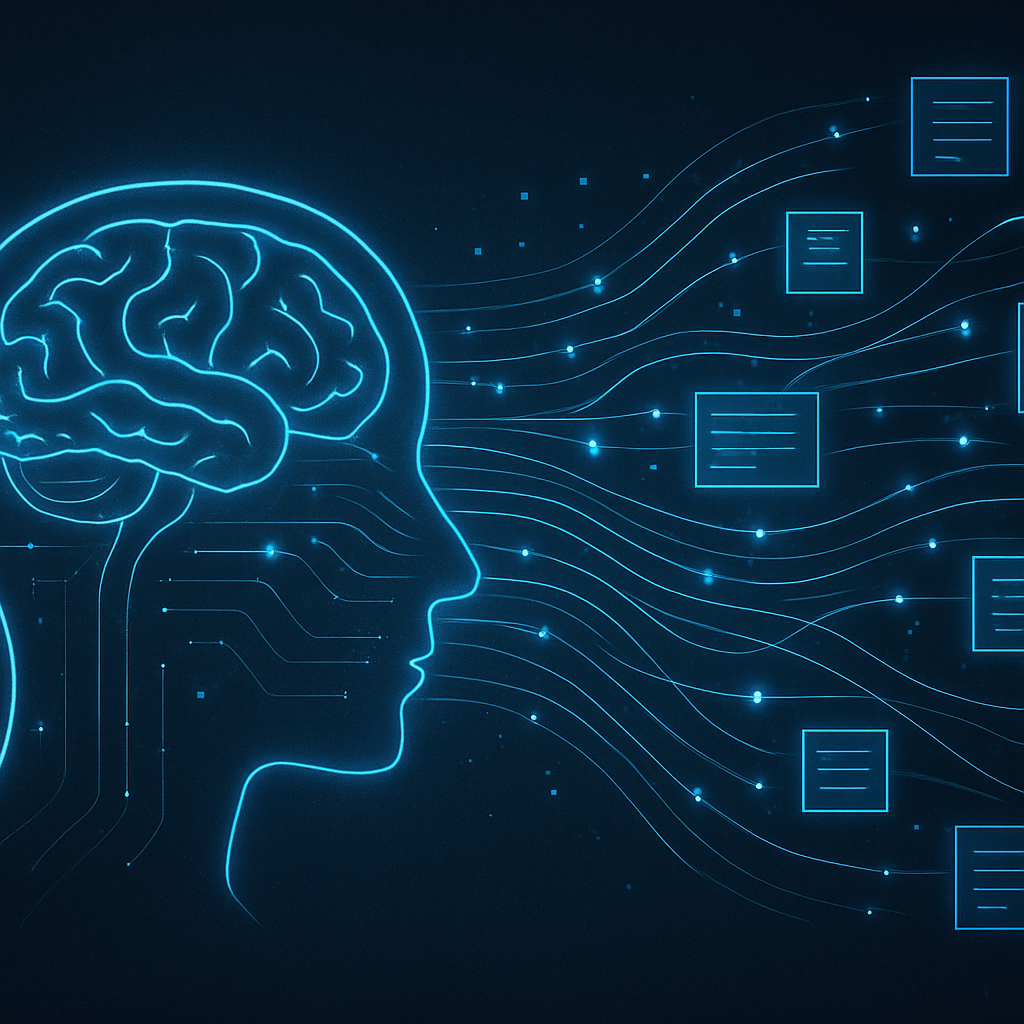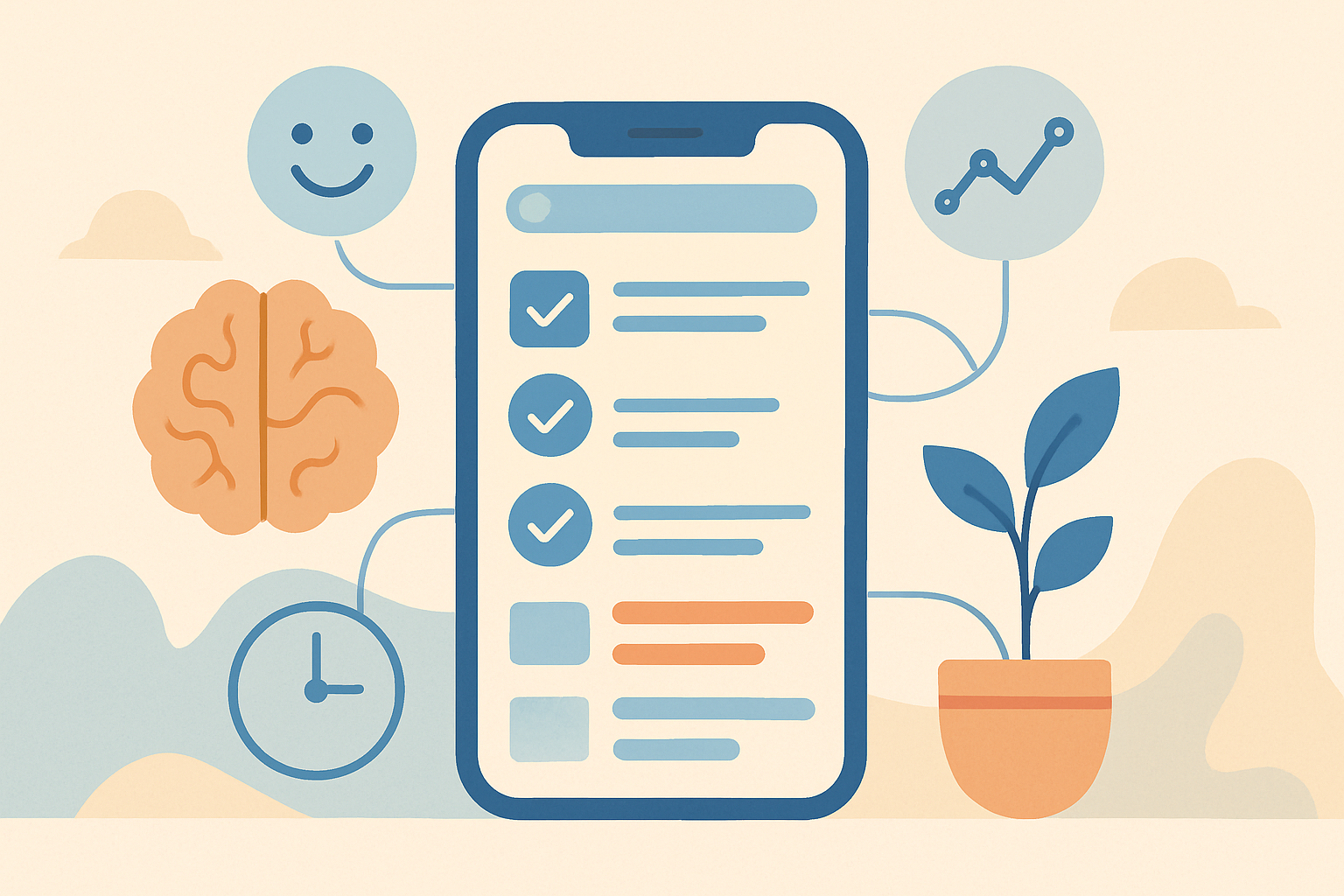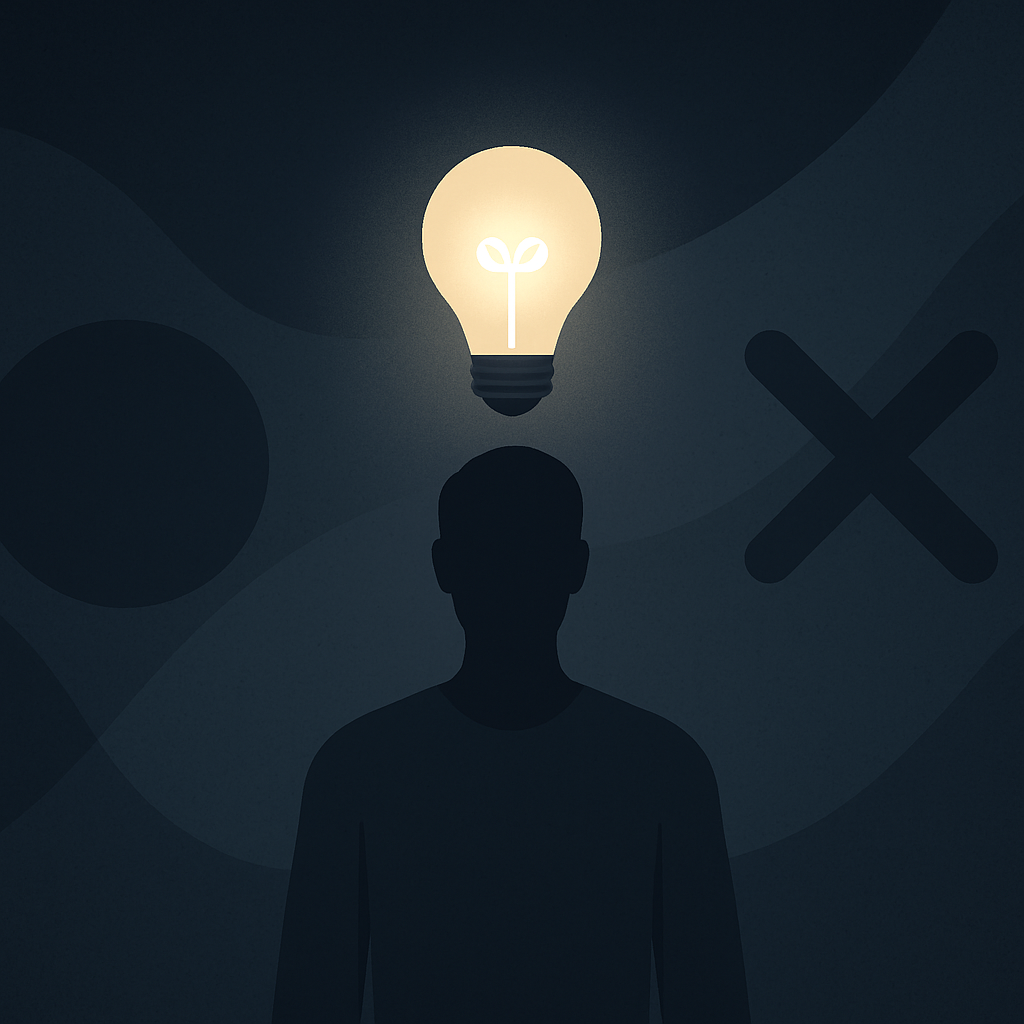Taking notes is no longer a passive act of recording — it’s becoming a form of thinking. In the past, notes were static, scattered, and easily forgotten. Today, AI tools are transforming the way we capture ideas, turning digital notes into intelligent, evolving systems of thought.
For deep thinkers — writers, researchers, strategists, and creators — the goal isn’t just to store information but to build meaning from it. Modern note-taking powered by AI is designed for that exact purpose: to help your mind see patterns, connect dots, and generate insights you might never have discovered alone.
These tools don’t just help you remember. They help you understand.

The Evolution of Notes in the AI Era
Before AI, note-taking was manual and linear. You wrote things down, organized them by category, and hoped to remember where you stored them. But human thought isn’t linear — it’s associative. Ideas link, branch, and reappear in unexpected contexts.
AI tools replicate that same non-linear intelligence. They interpret context, extract meaning, and even generate summaries or creative suggestions. The result is a new form of augmented cognition — notes that think with you.
Instead of information silos, you now have living networks of knowledge that adapt to your goals, tone, and curiosity.
Why Deep Thinkers Need AI Tools Note-Taking
Deep work requires deep structure. You can’t think critically if your notes are fragmented across apps and formats. Traditional methods rely on discipline; AI systems rely on awareness.
When your AI tools automatically capture and categorize thoughts, your brain stays focused on reasoning instead of organization. It’s like having a personal archivist and strategist working silently beside you.
Example:
You jot down an idea: “AI changing the way humans write.”
An intelligent note-taking app immediately classifies it under “Cognition,” links it to other notes about “Language Models,” and suggests related articles or previous ideas you’ve explored.
The system learns how you think — and builds a mirror of your mind.
The Core of AI Tools Note-Taking Systems
An effective AI-driven note-taking tool operates on three core principles: capture, connection, and cognition.
| Stage | Function | Example of AI Role |
|---|---|---|
| Capture | Collects and records ideas seamlessly | Transcribes meetings, syncs across devices |
| Connection | Builds relationships between notes | Suggests links between concepts |
| Cognition | Synthesizes meaning from data | Summarizes, generates insights, asks questions |
This triad transforms your notes from static text into a dynamic knowledge engine.
Example: A Researcher’s Daily Workflow with AI Tools
Dr. Elena, a behavioral scientist, uses a trio of AI tools: Notion AI, Mem, and Perplexity AI.
Throughout the day, she records ideas, references, and quotes. Mem automatically tags and organizes them by topic, while Notion AI turns clusters of notes into summaries or hypotheses. Later, she uses Perplexity AI to expand those insights with verified sources.
By evening, her notes are no longer raw data — they’re structured arguments. AI doesn’t just store her research; it evolves it.
The Best AI Tools Note-Taking Tools for Deep Work
Each of the following AI tools supports a specific layer of thought — capture, synthesis, and reflection.
| Tool | Core Function | Ideal For |
|---|---|---|
| Mem AI | Automatic capture and smart tagging | Writers & researchers |
| Notion AI | Structured synthesis & summarization | Strategists & creators |
| Obsidian + AI Plugin | Semantic linking between notes | Knowledge builders |
| Reflect AI | Private journaling with memory recall | Thinkers & minimalists |
| Perplexity AI | Intelligent research and context | Analysts & academics |
Each system reflects a philosophy: externalize thought, organize with logic, and refine through machine learning.
How AI Enhances Deep Thinking
Human intelligence thrives on context. When you revisit a note, your brain recalls not just the words, but the emotion, environment, and purpose behind them.
AI tools capture that hidden layer. They analyze sentiment, keyword patterns, and even tone to predict what might connect or inspire you later.
The result is more than convenience — it’s insight amplification.
Imagine your notes as neurons. AI becomes the synapses that connect them.
Example: Turning Notes into Insight
Let’s say you’ve written 100 scattered notes over a month. Normally, reviewing them would be tedious. With AI integration, the process becomes discovery.
Notion AI might summarize your notes into recurring themes. Obsidian could visualize concept maps between them. Mem would highlight emotional tones, showing when motivation peaked.
Together, these tools reveal how you think — not just what you wrote. That’s the essence of deep reflection in the age of artificial intelligence.
Table: The New Cognitive Stack for Note-Takers
| Layer | AI Tool | Core Strength | Human Benefit |
|---|---|---|---|
| Capture | Mem, Reflect AI | Auto-saves thoughts & context | No idea is ever lost |
| Synthesis | Notion AI, Obsidian | Organizes and summarizes | Clarity & focus |
| Discovery | Perplexity AI | Expands ideas through data | Continuous learning |
This cognitive loop mirrors human thinking: input, structure, reflection. The more you use it, the smarter it becomes.
The Future of AI and Knowledge Creation
By 2026, AI tools will no longer just record or summarize — they’ll think alongside you. They’ll detect cognitive bias, challenge assumptions, and even propose counterarguments to strengthen your ideas.
Imagine an AI that says, “You’ve explored creativity as a skill, but not as an emotion — should we expand there?”
That’s not automation; that’s augmentation.
Conclusion
For deep thinkers, AI note-taking is not about technology — it’s about preserving thought. These systems become an externalized consciousness: capturing inspiration instantly, connecting ideas logically, and generating meaning continuously.
The smartest notes are no longer written.
They’re co-created — between your mind and AI.
Further Reading & Related Insights
Internal link:
- How I Organize Life with Notion + ChatGPT — Learn how AI can transform your organization system into a living ecosystem.
External links:
Blog
This section provides an overview of the blog, showcasing a variety of articles, insights, and resources to inform and inspire readers.
-

AI Habit Tracking and the New Rhythm of Modern Self-Improvement
AI Habit Tracking. Progress used to depend on discipline. Now, it depends on data.…
-

AI Decision Making and the New Discipline of Intentional Living
AI Decision Making. Every “yes” has a cost. Every time you agree to something…
-

The Perfect AI Night Routine to Sleep Better and Think Smarter
AI Night Routine. Your morning doesn’t begin when you wake up — it begins…
